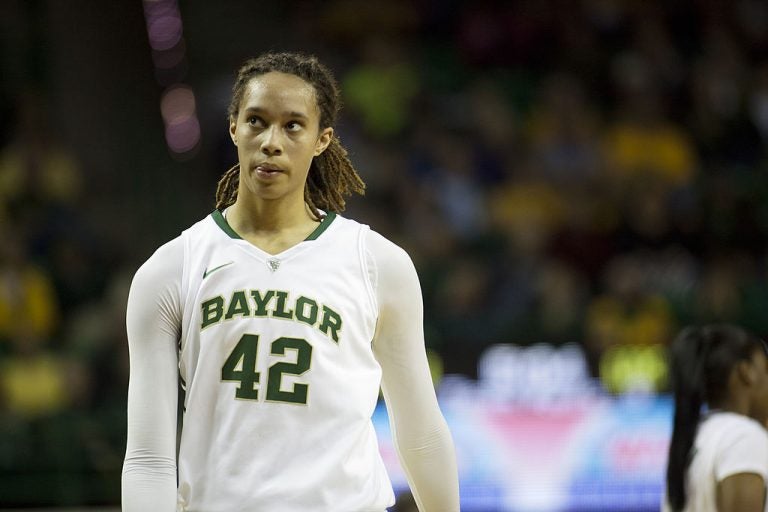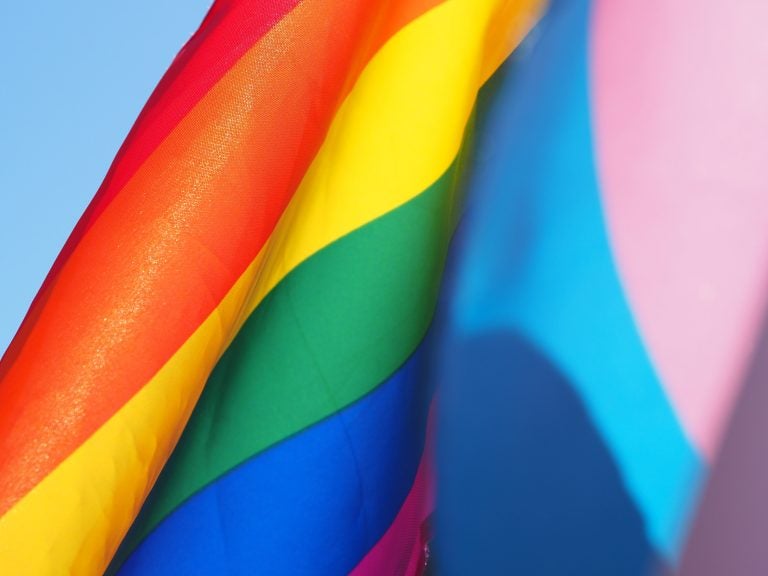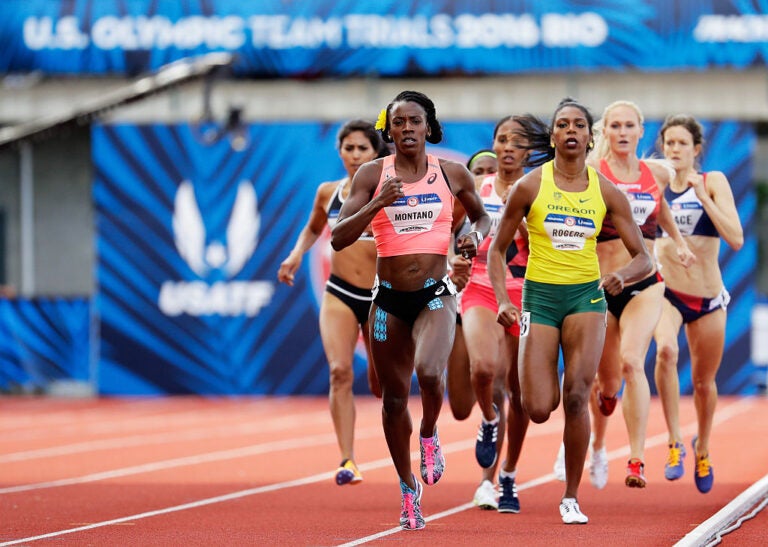Governing body drops headgear for male amateur boxers, but makes female fighters wear them
Why this matters
Despite research showing that headgear doesn't protect boxers from acute brain injury, the sport's governing body still makes female fighters wear it.
For the coming 2019-2020 academic year, the Global Sport Institute’s research theme will be “Sport and the body.” The Institute will conduct and fund research and host events that will explore a myriad of topics related to the body.
For the first time in more than 30 years, men competing in boxing at the 2016 Rio Olympics did not wear protective headgear.
It didn’t take long for lovers of the sweet science to take notice.
While observers might wonder why officials who govern a violent sport known to produce concussions would remove protective gear, research conducted on amateur bouts following the rule change by the AIBA concluded that boxers who competed without headgear were less likely to experience acute brain injury than those who wore head protection.
The research examined two scenarios. First, researchers examined fight stoppages due to head blows from the first three years of World Series Boxing (WSB) bouts in which headgear is not worn and compared it to AIBA competitions with headgear during the same period. Second, the researchers looked at stoppages during three world championship tournaments, 2009 and 2011 with head guards and 2013 without head protection.
It was hypothesized that head guards, by increasing the diameter and surface area of the head, led to increased rotational force and subsequent stoppages. Furthermore, head guards were considered to increase the risk of blows to the head because the padding around the eyes limited the boxer's vision.
However, the most convincing hypothesis was head guards give a false sense of safety, so boxers engage in more high-risk behaviors than they would were they not wearing a head guard. In conclusion, the study reported that removing head guards from AIBA competition boxers seemed to reduce the rate of stoppages due to blows to the head, a surrogate for cerebral concussion.
Additionally, the study’s authors hypothesized that as boxers became more experienced fighting without head guards and the educational heads-up program came into effect, the rate of cuts would fall.
The study led the International Olympic Committee and the International Boxing Association (AIBA) to discard the gear.
However, it was a curiously split decision. The IOC still requires female boxers to wear headgear. Despite the research, women will be required to wear headgear at the 2020 Olympics in Tokyo due to a relative lack of data on head injuries in the comparatively young sport of female boxing.
Even boxers are divided on whether eliminating headgear is the right choice. Algerian middleweight Ilyas Abbadi, for instance, is not convinced.
Abbadi was unsure how he got the 1 1/2-inch gash outside his left eye during a victory against Congo’s Mpi Ngamissengue in the 2016 Olympics, but blood trickled down his face during the bout, and, after clean-up, he was left with a gaping wound.
“Now I know the value of the headgear,” Abbadi said through a translator after the bout. “I think for the amateurs, that would be better. I would prefer to fight with headgear, but this is how it is.”
Mark Adams, a spokesman for the IOC, said medical and technical data the organization gathered leading up to the Rio Games showed fewer concussions without headgear.
“They have done a lot of research in the last three years,” he said.
Origin of headgear in Olympic boxing

The AIBA introduced boxing headgear to the Olympics in 1984 on the heels of a public relations crisis: an outcry over the savage nature of the sport that followed the November 1982 death of South Korean lightweight Kim Duk-Koo. The fighter succumbed to injuries following a bloody professional fight with Ray “Boom Boom” Mancini in Las Vegas.
Thirteen days later, the AIBA faced another PR disaster when heavyweight champion Larry Holmes bludgeoned a badly overmatched Randall “Tex” Cobb for 15 rounds in a fight announcer Howard Cosell called “as brutal a mismatch as I think I’ve ever seen.”
The backlash following those fights led the AIBA to change the course of boxing, introducing headgear for amateur fighters. It seemed the best solution to an intractable problem. The public was losing its taste for boxing’s brutality, and the sport needed to respond with a humanizing solution.
The solution was a cosmetic one, a public relations move designed to cover up a problem rather than solve it. No one could complain boxing wasn’t doing enough to protect fighters when the sport was now forcing fighters to wear foam padding around their faces, could they?
Can anything go wrong with the headgear?
Similar to virtually all contact sports, a risk factor exists despite the safety efforts of the organizing bodies.
Boxing without headgear is no exception. In fact, boxers face a greater chance of getting cut when they are not wearing protective headgear than when wearing it. The head guards introduced were those used in sparring in the professional boxing gyms. These head guards were never designed to protect from head injury but were designed to reduce the incidence of cuts.
In pro boxing, the sight of blood on a fighter’s face and chest is common and an undeniable part of the sport’s primal lure. But that visceral reminder of the sport’s inherent violence had been rare in the modern amateur game until the AIBA decision in 2013.
Is sexism lurking around AIBA headgear removal decision?
In Rio, while male boxers competed without protective headgear, women wore the very gear their male counterparts had been freed from.
It has been hypothesized that concussions aren’t as much of an issue for women because they often lack the power to cause brain injuries with their punches.
However, according to the Sports Lawyers Journal, researchers found “participation in amateur boxing matches may diminish neurocognitive functioning despite the use of headgear.”
The SLJ also reported that Becky Zerlentes, a college geography teacher, was the first woman to die in a sanctioned amateur bout after receiving a head punch “despite her protective headgear and immediate attention from ringside physicians.”
As women’s boxing has become more accepted, the growing popularity has presented problems for women trying to compete in the sport in a legitimate manner. As boxerobics was endorsed by female celebrities and attracted crowds of mostly middle-class women, the image of female pugilists became a common illustration in advertising, sports photography and pornography. Boxing was “used simply as a channel for the commodification of the female body in order to encourage clients to spend money, (as attractive women) wearing boxing gloves (became) a popular sporting image in advertisements that use sexual imagery to promote the sales of products – whether or not they (had) anything to do with sport.”
Researcher Christine Aiken concluded: “The current perceptions of female boxers are still reflective of the gendered stereotypes, trivialisation, and marginalisation that have plagued women in sport.”
While well-funded research allowed male boxers to drop the use of headgear, women must wear the gear.
Arinze Esomnofu is a Nigerian media professional, content editor and a freelance journalist. He is currently the country manager for Flashscore Nigeria.






